The boundaries of meaning a case study in neural machine translation Yuri Balashov
Theboundariesofmeaning:acasestudyinneuralmachinetranslation*YuriBalashovDepartmentofPhilosophy,UniversityofGeorgia,Athens,GA30602,USAyuri@uga.eduORCIDID:0000-0001-7369-2122October4,2022AbstractThesuccessofdeeplearninginnaturallanguageprocessingraisesintriguingquestionsaboutthenatureoflinguisticmean...
相关推荐
-
机器人技术讲稿第八章 机器人编程VIP免费

 2024-12-10 3
2024-12-10 3 -
1,PCB专业用语VIP免费

 2024-12-10 3
2024-12-10 3 -
7,通信高频开关电源系统VIP免费
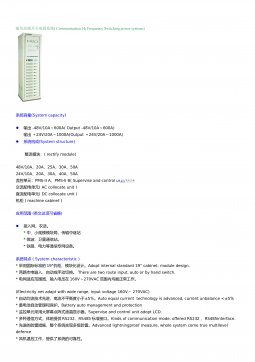
 2024-12-10 3
2024-12-10 3 -
单片微型计算机原理及接口技术第00章 目录VIP免费

 2024-12-10 5
2024-12-10 5 -
交大电气-信号与系统分析《信号与系统》期末-简单卷2000年VIP免费
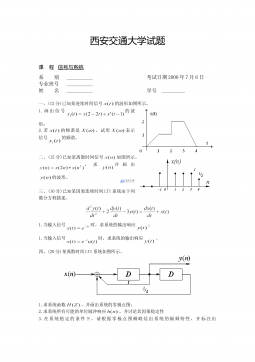
 2024-12-10 5
2024-12-10 5 -
交大电气-信号与系统分析《信号与系统》期末-简单卷2001年VIP免费
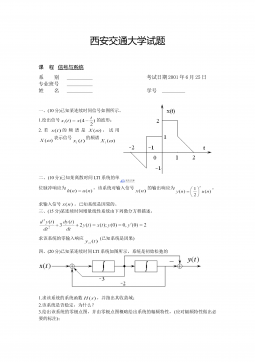
 2024-12-10 7
2024-12-10 7 -
交大电气-信号与系统分析《信号与系统》期末-简单卷2002年VIP免费
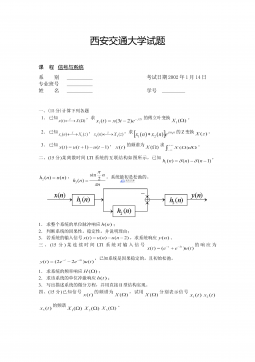
 2024-12-10 3
2024-12-10 3 -
文献检索、调研、获取、管理方法医学文献和文献检索概论VIP免费

 2024-12-10 7
2024-12-10 7 -
文献检索、调研、获取、管理方法第九章__综合VIP免费

 2024-12-10 8
2024-12-10 8 -
传感器原理及工程应用第10章 超声波传感器VIP免费
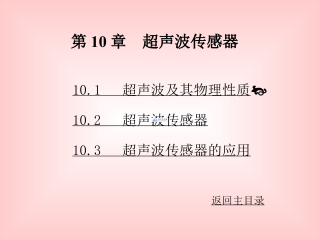
 2024-12-10 3
2024-12-10 3
作者详情
-
VP-STO Via-point-based Stochastic Trajectory Optimization for Reactive Robot Behavior Julius Jankowski12 Lara Bruderm uller3 Nick Hawes3and Sylvain Calinon1210 玖币0人下载

-
WA VEFIT AN ITERATIVE AND NON-AUTOREGRESSIVE NEURAL VOCODER BASED ON FIXED-POINT ITERATION Yuma Koizumi1 Kohei Yatabe2 Heiga Zen1 Michiel Bacchiani110 玖币0人下载

相关内容
-

5.江苏省扬州市扬州中学高三年级物理学科高考模拟试卷
分类:高等教育
时间:2025-01-03
标签:无
格式:DOC
价格:5.9 玖币
-
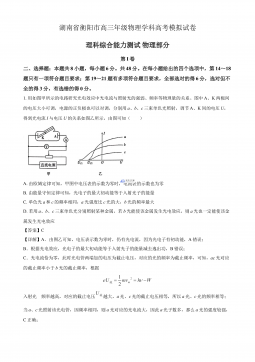
4.湖南省衡阳市高三年级物理学科高考模拟试卷
分类:高等教育
时间:2025-01-03
标签:无
格式:DOC
价格:5.9 玖币
-
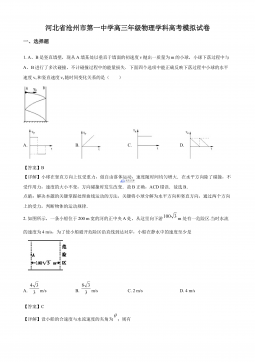
3.河北省沧州市第一中学高三年级物理学科高考模拟试卷
分类:高等教育
时间:2025-01-03
标签:无
格式:DOC
价格:5.9 玖币
-
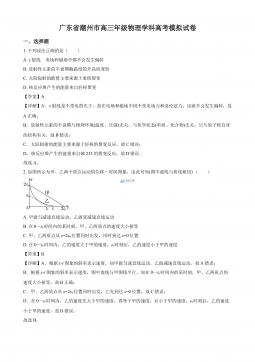
2.广东省潮州市高三年级物理学科高考模拟试卷
分类:高等教育
时间:2025-01-03
标签:无
格式:DOC
价格:5.9 玖币
-

1.北京市第二中学高三年级物理学科高考模拟试卷
分类:高等教育
时间:2025-01-03
标签:无
格式:DOC
价格:5.9 玖币


 渝公网安备50010702506394
渝公网安备50010702506394
